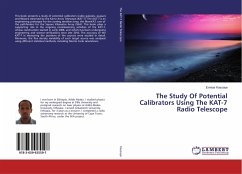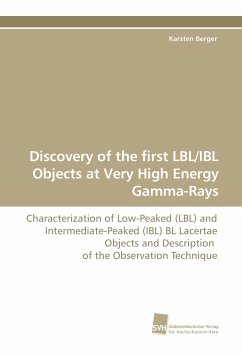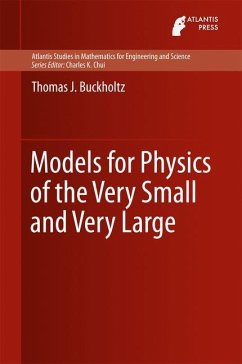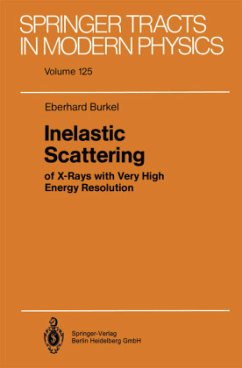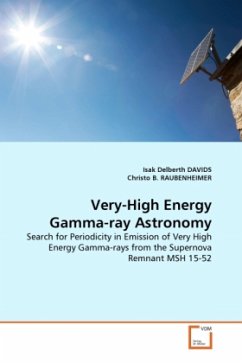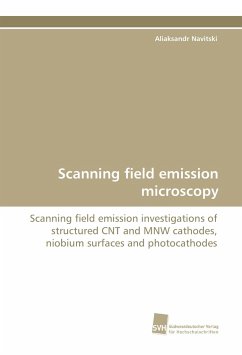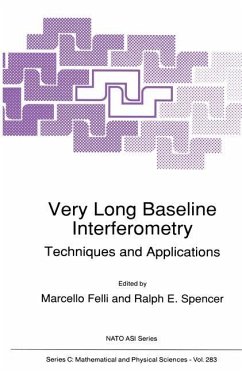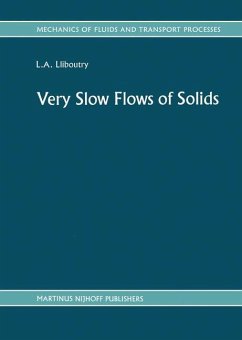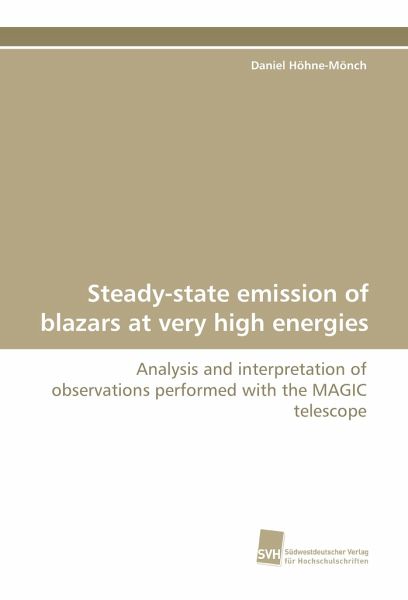
Steady-state emission of blazars at very high energies
Analysis and interpretation of observations performed with the MAGIC telescope
Versandkostenfrei!
Versandfertig in 6-10 Tagen
53,99 €
inkl. MwSt.

PAYBACK Punkte
27 °P sammeln!
One key scientific program of the MAGIC telescope project is the discovery and detection of blazars. They constitute the most prominent extragalactic source class in the very high energy (VHE) gamma-ray regime with 29 out of 34 known objects (as of April 2010). Therefore a major part of the available observation time was spent in the last years on high-frequency peaked blazars. Between August 2005 and April 2009, a sample of 24 X-ray selected high-frequency peaked blazars has been observed with the MAGIC telescope. A subset of 20 blazars previously not detected will be treated more closely in ...
One key scientific program of the MAGIC telescope project is the discovery and detection of blazars. They constitute the most prominent extragalactic source class in the very high energy (VHE) gamma-ray regime with 29 out of 34 known objects (as of April 2010). Therefore a major part of the available observation time was spent in the last years on high-frequency peaked blazars. Between August 2005 and April 2009, a sample of 24 X-ray selected high-frequency peaked blazars has been observed with the MAGIC telescope. A subset of 20 blazars previously not detected will be treated more closely in this work. In this campaign, during almost four years approximately 450 hours of the available observation time were dedicated to investigate the baseline emission of blazars and their broad-band spectral properties in this emission state. Apart from calculating the integral flux upper limits for these objects in the VHE regime, a stacking method was applied to the sample. An excess of gamma-rays was found with a significance of 4.5 standard deviations in 349.5 hours of effective exposure time. For the first time a signal stacking in the VHE regime turned out to be successful.



